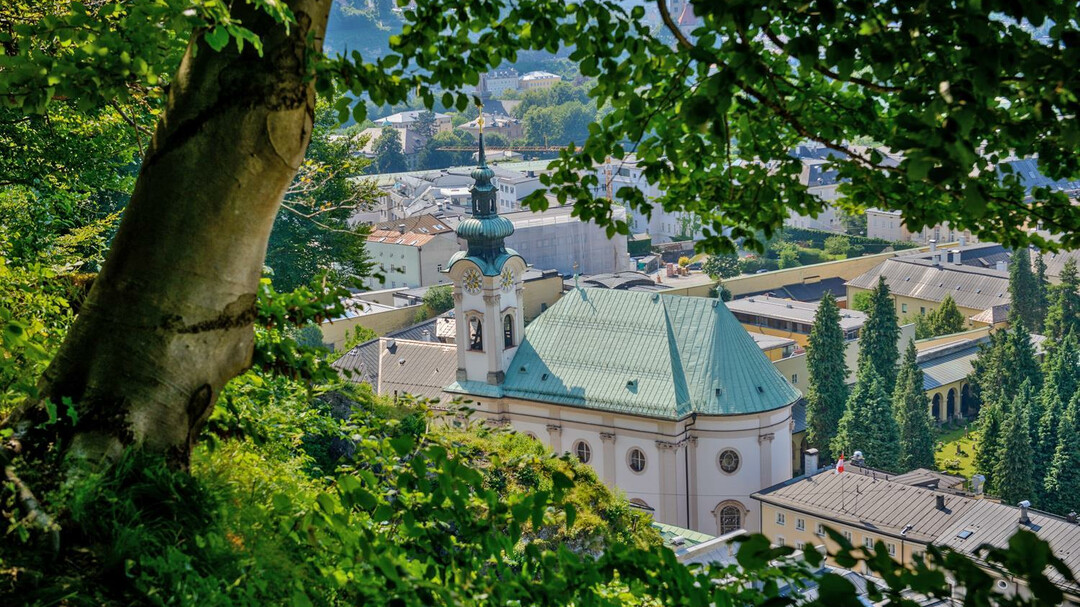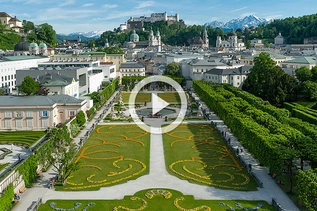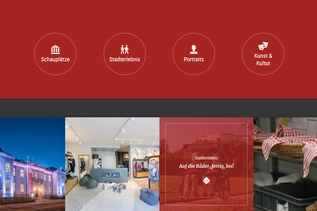Kapuzinerberg
The Kapuzinerberg, 640 metres high, lies to the right of the Salzach. The dense forest flanking the peak itself is a popular recreation area for city walkers and outdoor enthusiasts. The mountain is home to churches, an abbey, winding footpaths and even chamois!
From the Felixpforte gateway, a pathway leads past several chapels marking the Stages of the Cross on its way up to the Capuchin Abbey enthroned atop the Kapuzinerberg, actually the first joint noviciate of all German-speaking Capuchin provinces. In addition to the monastery, you will find Imbergkirche church as well as the Hettwerbastei (an excellent lookout point), with its unique view of Hohensalzburg Fortress and the historic district on the opposite side of the river.
The 400-year-old defensive walls along the flanks of the Kapuzinerberg, beginning at the Felixpforte, enclose the Capuchin monastery and run the entire western, southern and eastern flanks of this rocky outcropping. Standing at the northern end of this bastion is the "Franziski-Schlössl", built under Prince-Archbishop Paris Lodron in 1629. Originally constructed purely for defensive purposes, it was turned into a tavern back in 1849, since when it has served as a popular excursion destination and refreshment stop. The path up to the Franziski-Schlössl leads along enchanting hiking paths, through the forest and even on the fortifications themselves.
In addition to the Franziski-Schlössl, the "Paschinger-Schlößl" at No.5 Kapuzinerberg is also well known. From 1919 to 1934, famous author Stefan Zweig lived here. A bust above the villa commemorates the famous writer. A second bust, a few meters farther up the mountain, depicts this city’s most famous genius: Wolfgang Amadeus Mozart.
For rock climbers, the steep north face of the Kapuzinerberg provides an excellent opportunity: Use of the so-called "City Wall” fixed-cable climb is permitted from July until March. Climbing activities are not permitted during the remaining months since this is also a protected habitat for birds during nesting season. Then, outdoor sports fans can take full advantage of a different form of outdoor recreation, in the form of those city hiking paths which lead up and over the Kapuzinerberg.
With a little bit of luck, while you are exploring the Kapuzinerberg you might also catch sight of some of the chamois that live there. This colony of wild chamois is unique worldwide and appears to feel extraordinarily at home on the rocky outcroppings of the Kapuzinerberg. Salzburg’s city forester is also a gamekeeper and, in that capacity, does what he can to ensure these animals continue to thrive.
- via the Imbergstiege stairway from Steingasse (Route...)
- from the Franziskustor gate in Linzergasse (Route...)
- from Fürbergstraße in the north-east, then up the Doblerweg (Route...)
You may also be interested in









































